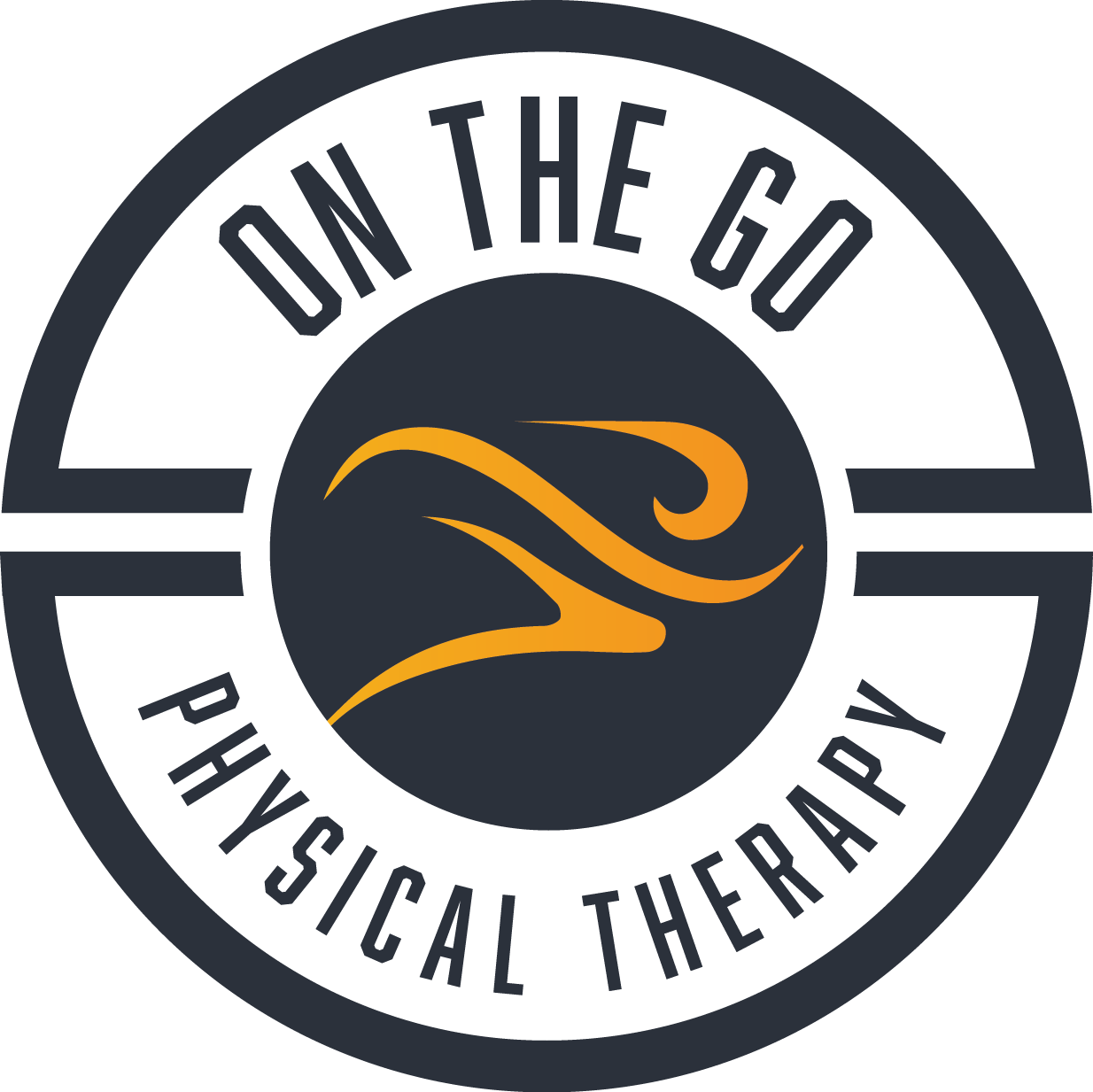What is Dry Needling (DN)?
Dry needling is a treatment technique in which small filament type needles are inserted into myofascial trigger points (known as painful knots in muscles), tendons, ligaments, or near nerves in order to stimulate a healing response with the goal of permanently reducing pain and dysfunction. It has been shown that our bodies can develop areas of hypersensitivity and tightness as a response to various stresses i.e. postural, repetitive movements, psychological, emotional etc. These areas are most likely to develop along tissues that are dysfunctional due to interruption of the nerves that innervate them. This can be caused from nerve compression in a limb or in the spine from such things as disc injuries, facet joint dysfunction, vascular compression, metabolic stress or biomechanical stress. When trigger points are present they can cause the muscles to neurologically tighten, further disrupts the normal functioning of that muscle due to increased pain and local compression of vascular structures and nerves. Dry needling can help to effectively treat acute and chronic orthopedic and neuromusculoskeletal conditions.
Are dry needling and acupuncture the same thing?
DN is not acupuncture or Oriental Medicine. DN is a treatment that uses solid filament, disposable acupuncture needles, but that is where the similarity to acupuncture ends. Dry Needling is based on Western medical research and principles, whereas acupuncture is based on Traditional Chinese Medicine in which the purpose is to alter the flow of energy ("Qi") along traditional Chinese meridians for the treatment of diseases. The theoretical backgrounds for the two treatments are very different. In fact, DN is a modern, science-based intervention for the treatment of pain and dysfunction in musculoskeletal conditions throughout the body.
How does dry needling work?
Local Mechanical Effects
Winding, tenting or needle grasp to deform and disrupt fibroblasts within the neighboring collagen tissue resulting in increased opioid mediated response
Local twitch response causing decreased muscle contraction and improved range of motion, mobilizing collagen restrictions within the muscle and fascia
Electrophysiological Effects
Decreased spontaneous electrical activity (SEA) at the active trigger point, improved neuromuscular activation and timing
Neurophysiological Effects
Increased pressure pain thresholds
Stimulation and decreased inhibition of the descending sensory pain pathways
Activation of central mediated systems including activation of areas in the brain involved in pain processing and the emotion of pain
Chemical/Cellular Effects
Improved blood flow to nerves, tissues due to a decrease in vascular compression
Inflammatory and immune system responses initiated.
To schedule an appointment with Dr. Travis LeDoyt, PT, DPT, CF-L1 please go directly to https://www.onthegophysicaltherapy.com/ or click the button below. Self scheduling is easy referrals/doctors scripts are not required.

